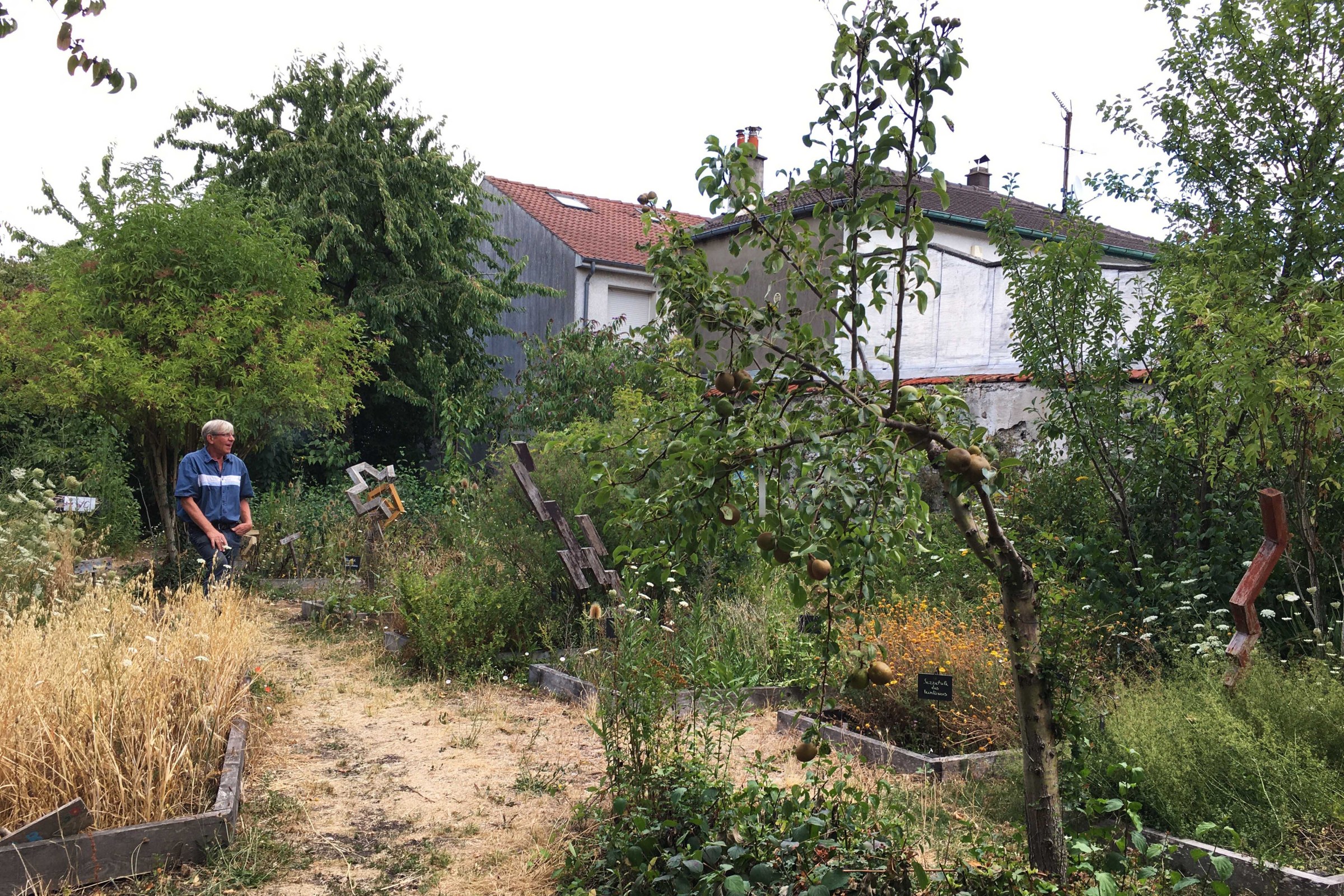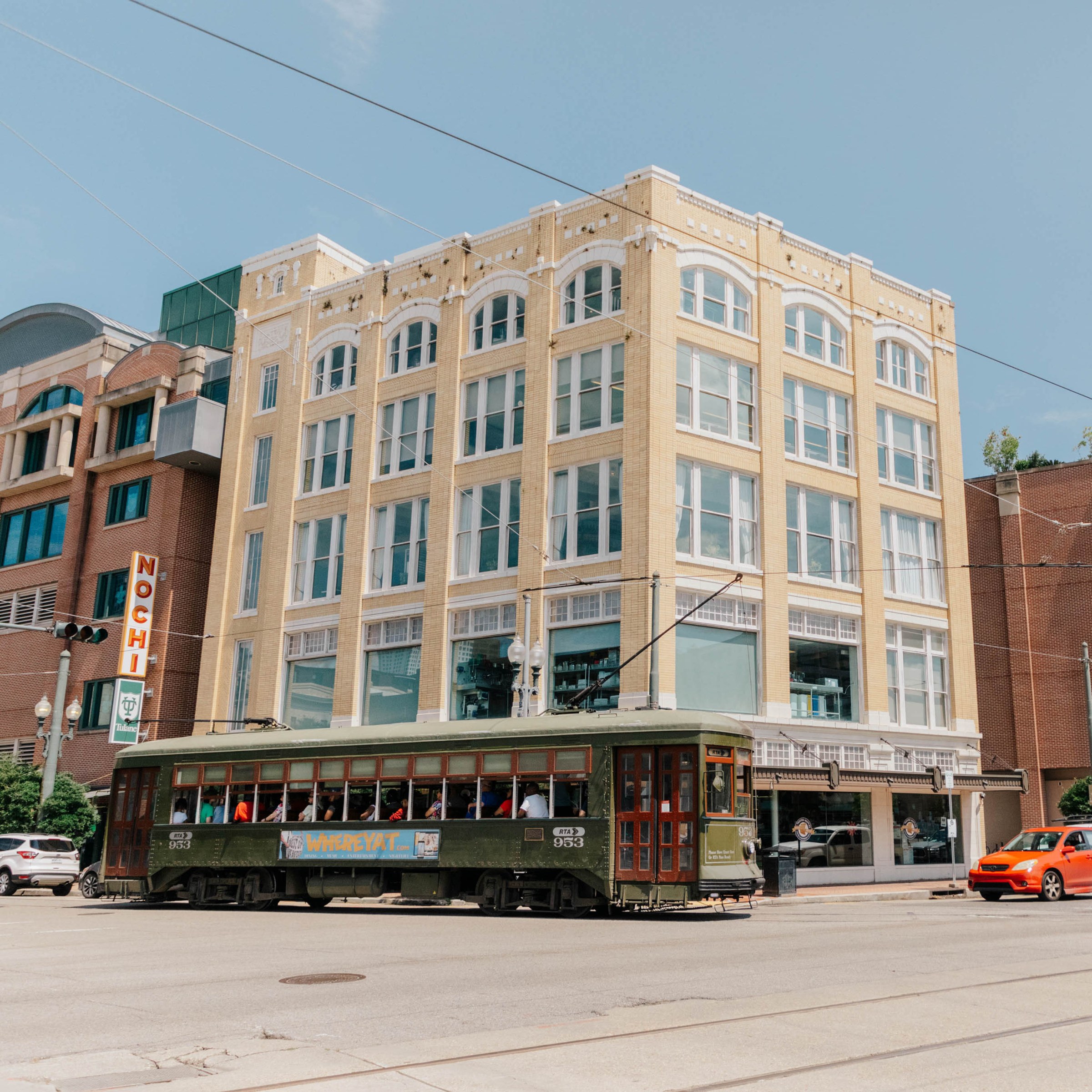Architecture graduate student pens Places Journal essay on historic Murs à Pêches orchards

september 11, 2020
Tulane architecture graduate student Théa Spring recently completed the inaugural Places Journal Summer Writing + Editing Workshop. Spring was one of 26 students to participate in an immersive Zoom-based course taught by Places editors this summer and included lectures, group discussions, one-on-one coaching and peer-to-peer exchange. During the session and afterwards, students worked closely with the editors to hone their writing skills in the realm of rigorous and accessible public scholarship, and each produced a brief essay on the theme of “Architecture, Urbanism, Pandemics.”
Spring's essay, titled "Coloring the Murs á Pêches," explores the history of the Murs à Pêches, a once vast peach orchard in Montreuil, Paris, France. Beginning with its origins in 1916 to present day August 2020, the orchard has had significant cultural, economic, and spatial influences on the neighborhood and city, as well as efforts to restore the area. Spring also researched the history of Fruits Défendus Association, part of the Fédération MAP, a group of organizations that joined forces in 1994 to defend the Murs à Pêches from the encroachment of concrete. Today, 30 of the orchard's 300 hectares remain, with only eight-and-a-half hectares protected as horticultural landscape heritage.
"Some of the most fascinating parts of the workshop took place during discussions on the importance of public scholarship, particularly in the realm of architecture, landscape, and urbanism," Spring said. "In contrast and complement to academic writing, public scholarship such as the works published by Places Journal are always accessible to be read by anyone, regardless of their field and budget (its entire archive is free to explore). I find this to be a very important and pertinent standard in a discipline flooded with a rather limited vocabulary that is often disconnected to human experience. The quote in my article by the French writer Georges Perec is perhaps a wink to that: he has described spaces with few words in a way most graphics never could."
Spring said two elements drove her to write this piece: the reader could be anyone and there will only be a reader, or another potential individual to discuss with if the writing inspires it.
"I hope to continue clarifying my position through writing... at least until the day I manage to build something that speaks for itself (though realistically, such an event would probably require... more writing)," Spring said.
Below is an excerpt from "Coloring the Murs á Pêches" by Théa Spring in Places Journal.
...
From above, long rectangular lots striate the landscape. Their origins date to the mid 17th century, when the use of walls as an agricultural tool was first developed.1 Their materials were available on site: rock, clay, and gypsum, more commonly known as plaster of Paris. Built up to an elevation of three meters, the longer edges of the lot were positioned north to south and spaced about twelve meters apart to receive maximum sun exposure. By shielding winds and stocking heat, the plots between these walls enjoyed a microclimate eight to ten degrees Celsius warmer than the surrounding area. First used to grow grapes, they soon welcomed an exotic fruit adored in royal courts and until then only cultivated in the south of France: "la pêche," the peach.
The land was productive, but also experimental. As Parisian demand for fruits and vegetables increased, a complex system was developed by the Montreuillois combining horticulture, viticulture, and arboriculture. By selling their goods directly in central markets, producers were able to use buying trends to inform the development of new methods and varieties. Peaches, sold profitably to the bourgeoisie, often became the subject of and fuel for such inventions. Their high maintenance was anthropomorphized; trees were “dressed” and “refreshed,” fruits were “cleaned” of their fuzz with a novel rotating brush, and even protected with revolvers set to detonate against garden intruders through a system of strings. Like secret lovers, new varieties were given erotic names such as "Le Téton de Vénus," the Nipple of Venus, or "La Grosse Mignonne," the Fat Cutie. By the end of the 18th century, the area of the Murs à Pêches reached its apogee with over 300 hectares of walled lots — one-third of Montreuil.
...
Read more about the inaugural Places Journal Summer Writing + Editing Workshop.
RELATED

Tulane School of Architecture expands graduate school downtown
Tulane School of Architecture is excited to announce its new facility in the vibrant Central Business District of New Orleans.